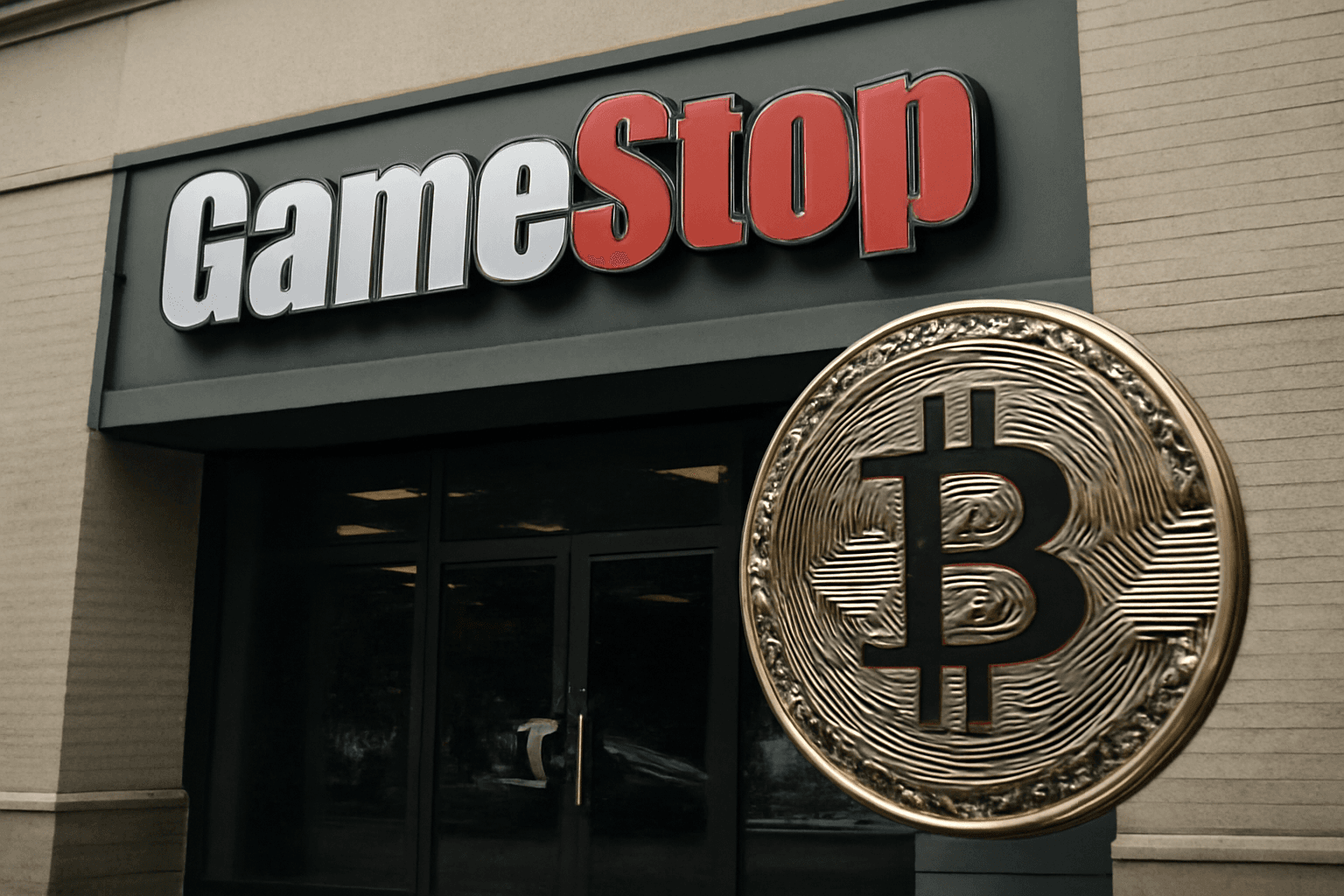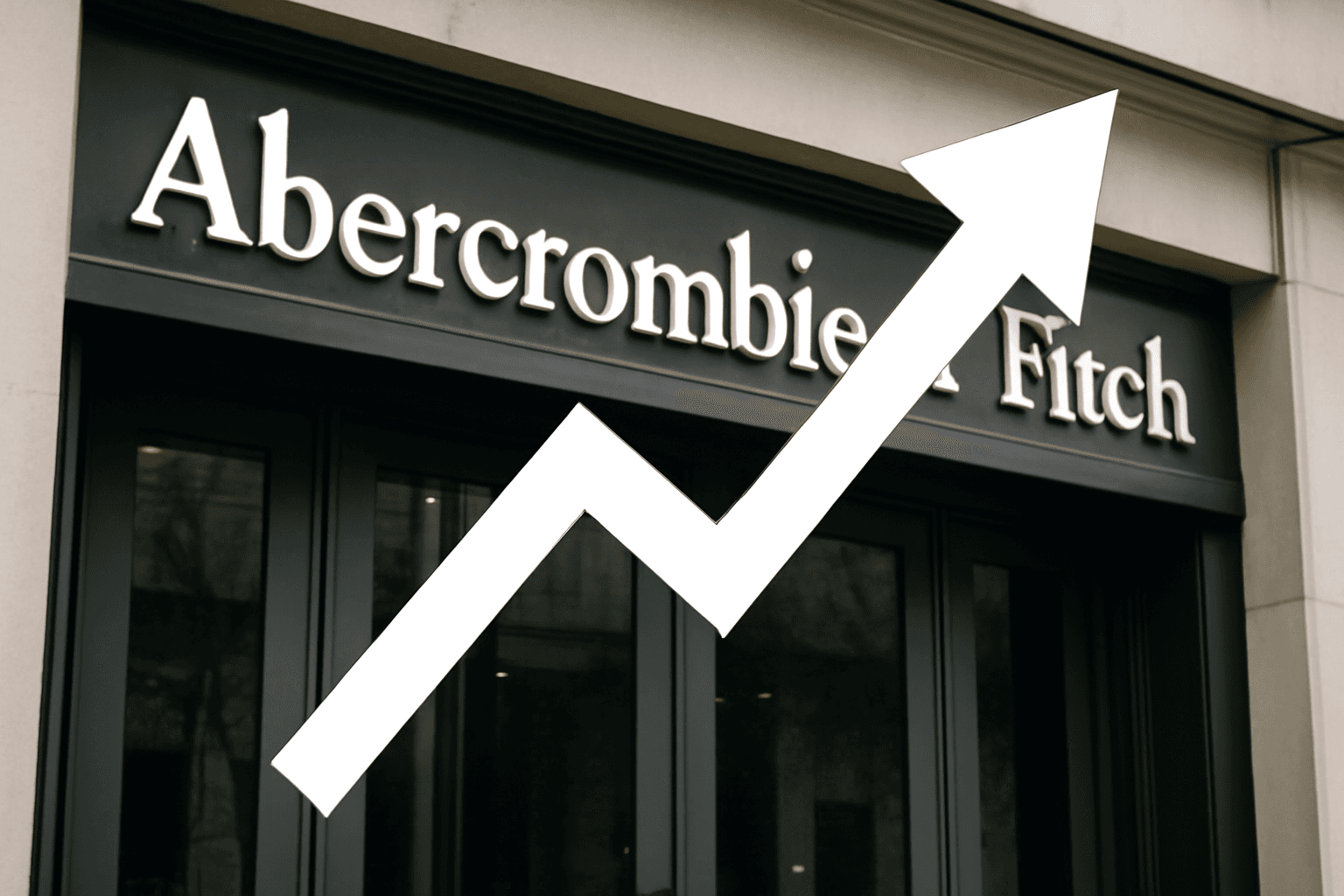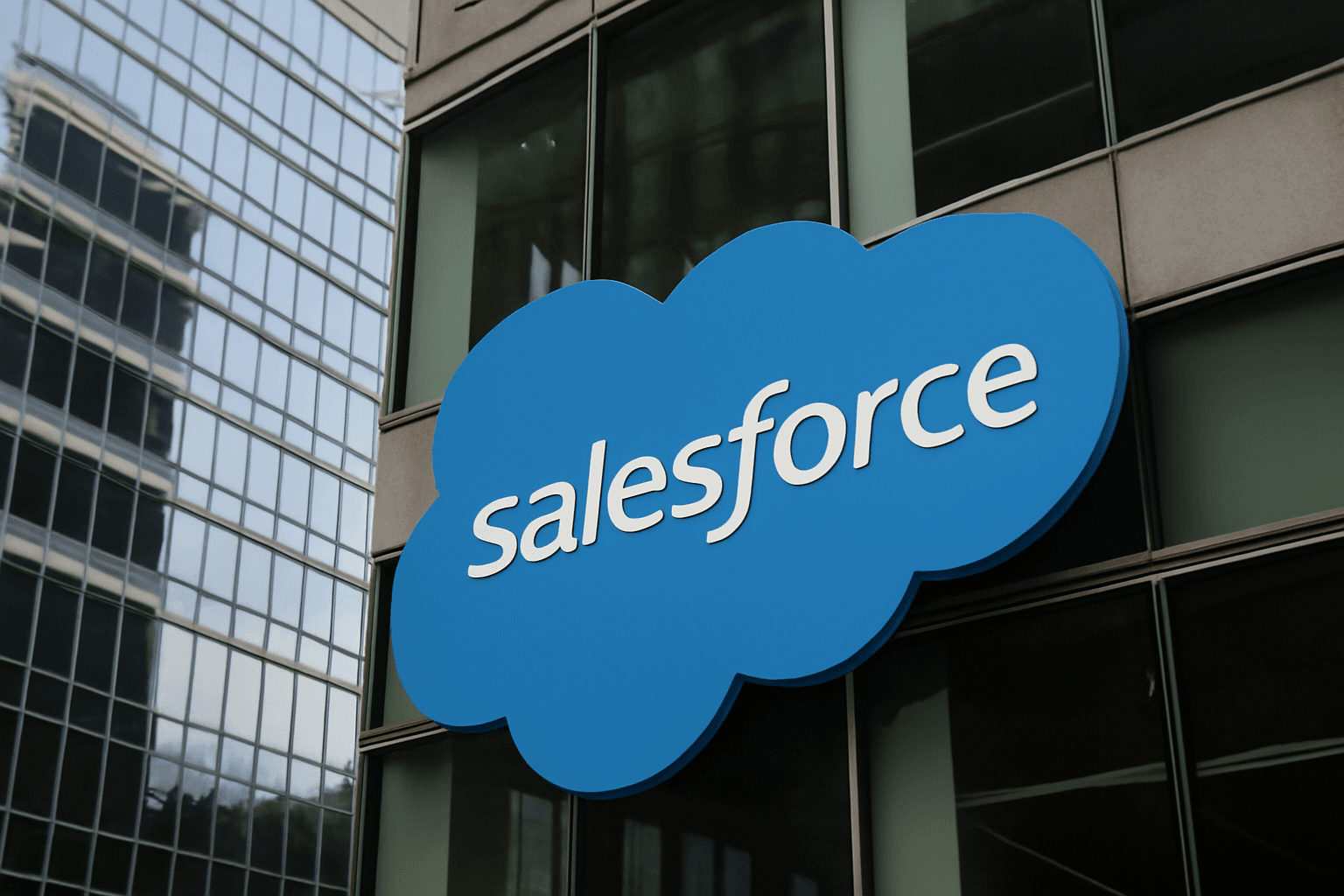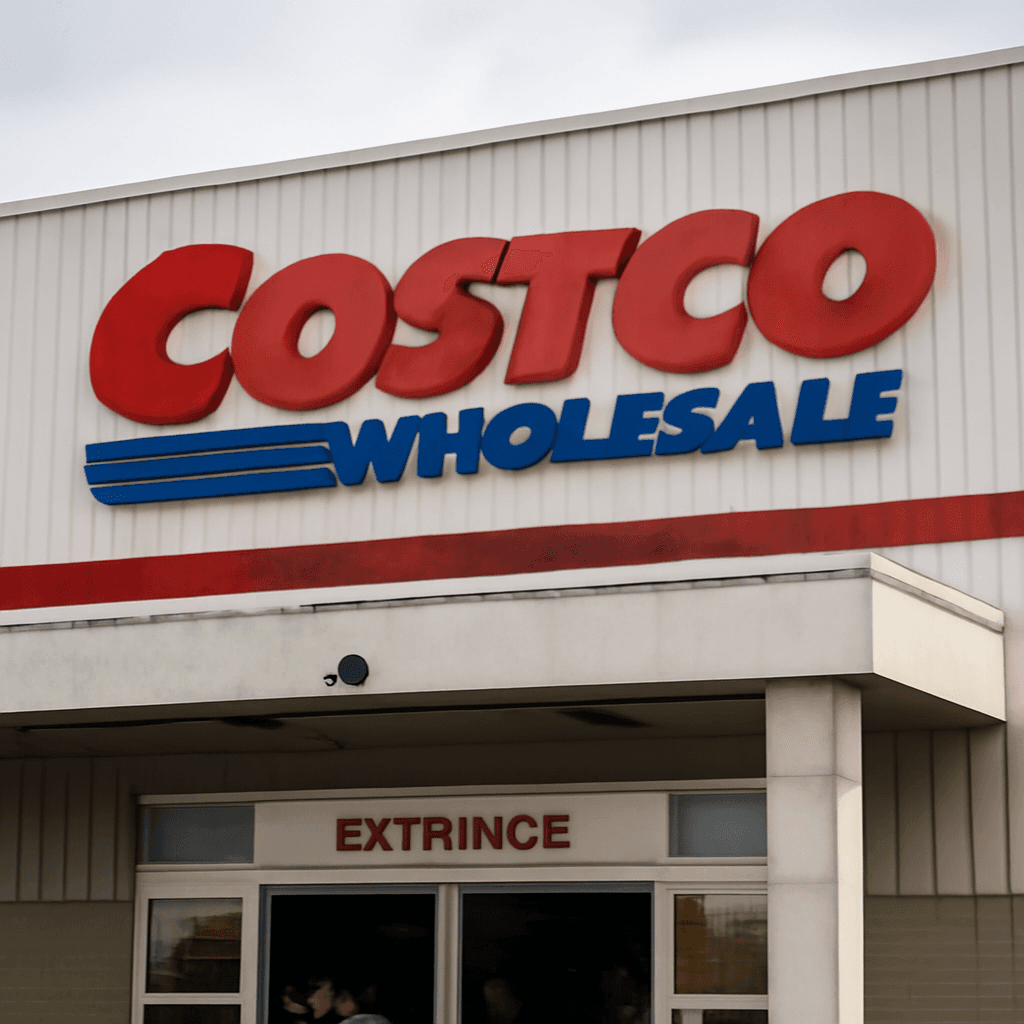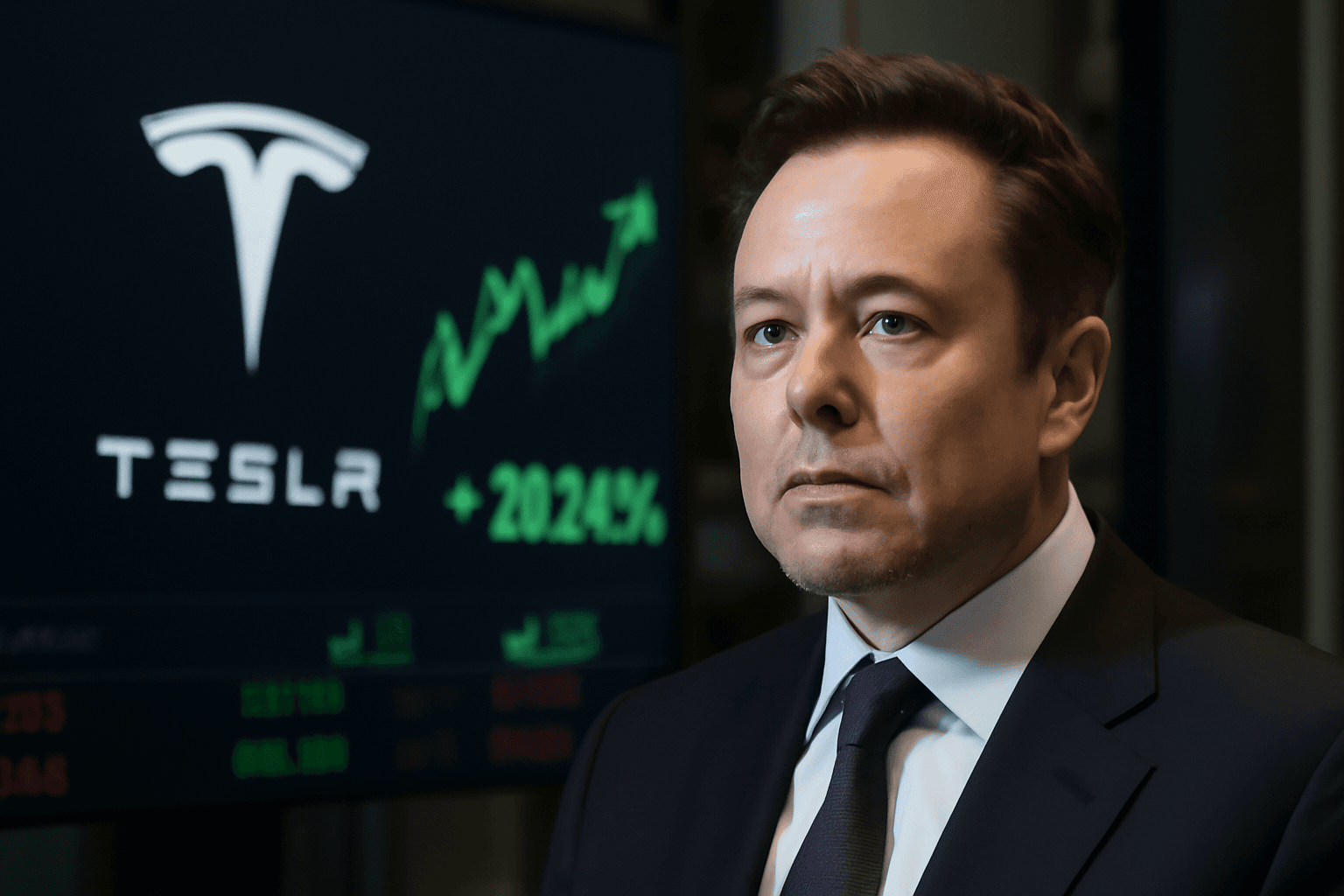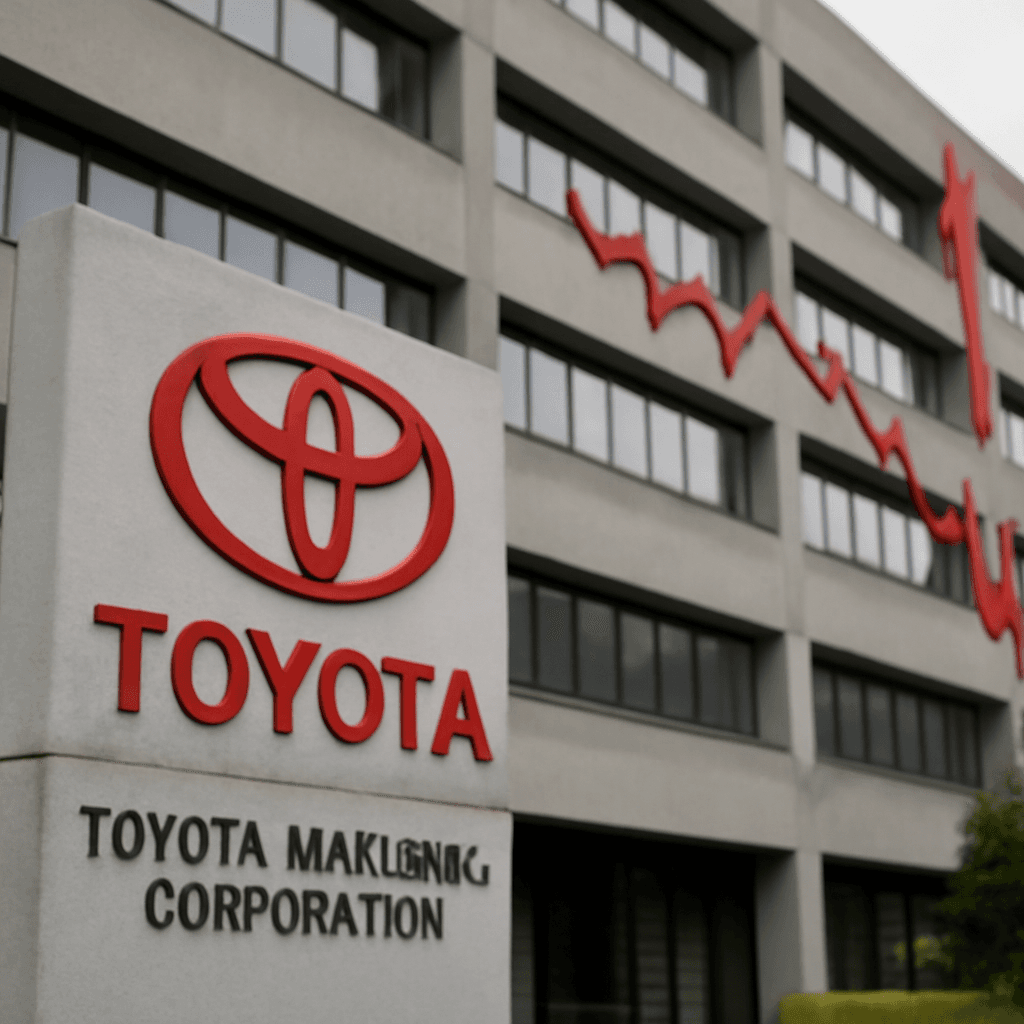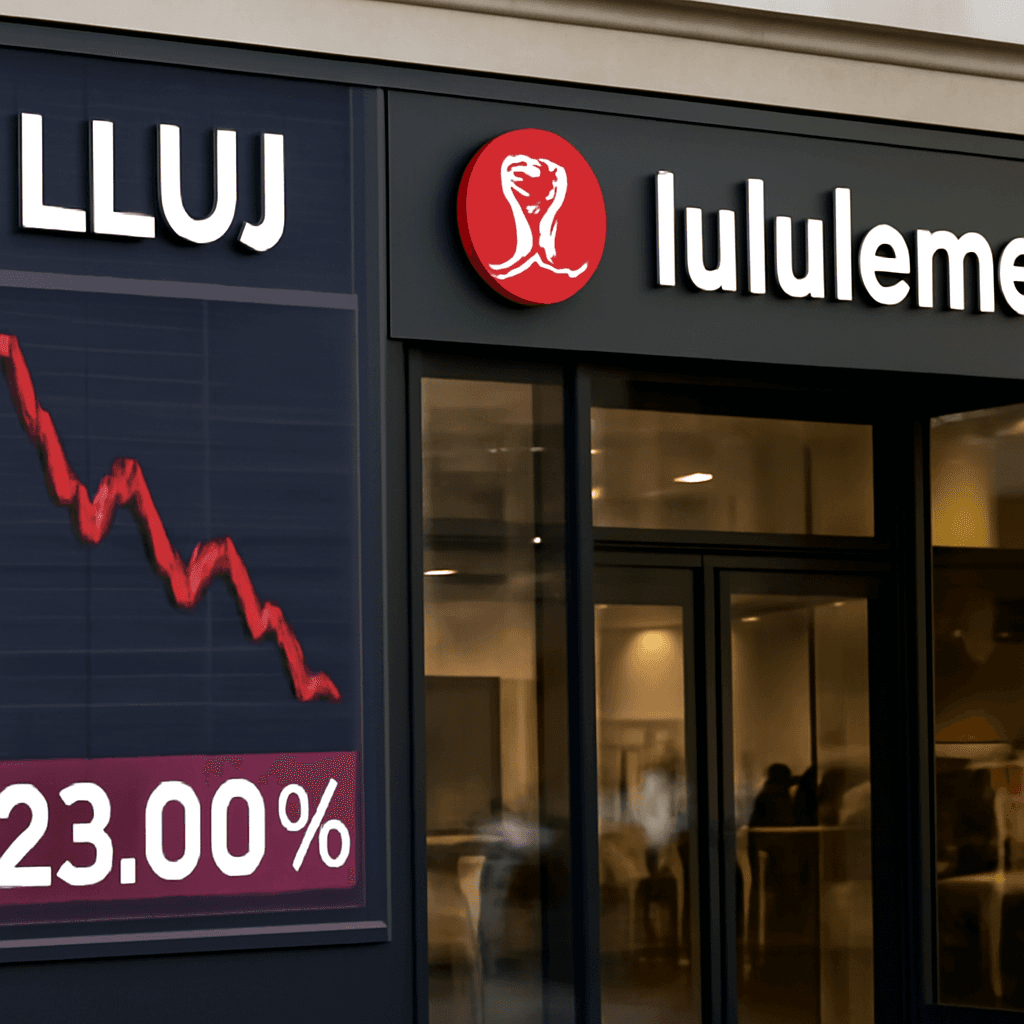Figma’s Stunning 250% Jump on IPO Day Sparks Market Buzz
When Figma made its debut on the New York Stock Exchange, the company’s shares soared an eye-watering 250% above the IPO price, instantly making headlines across Wall Street and beyond. This remarkable spike not only reflects heightened investor enthusiasm but also rekindles the perennial question: will this meteoric rise endure, or is it a classic case of first-day hype?
Historical Patterns of Blockbuster IPOs: What Lessons Can We Learn?
To draw meaningful insights, CNBC analyzed three decades of initial public offerings, leveraging FactSet data from 1992 onwards. Among stocks boasting a market capitalization north of $250 million, only 20 companies recorded first-day gains exceeding 50%. The findings?
- Just 55% of these stocks maintained or surpassed their initial trading-day gains one year later.
- Conversely, 45% experienced a decline within the same timeframe, underscoring the volatility intrinsic to high-profile IPOs.
Such statistics suggest that while Figma’s explosive start is promising, it falls within a historical trend where sustainability remains uncertain.
Case Spotlight: Diginex and Caesars Entertainment
Outliers like Diginex, a technology firm specializing in ESG (Environmental, Social, Governance) metrics, challenge typical trajectories. After surging 70% on its IPO in January 2025, Diginex has impressively catapulted over 600% months later, demonstrating that some companies can defy odds through robust business models or market tailwinds.
On the other hand, legacy names like Caesars Entertainment show how corporate evolution via mergers can significantly reshape valuation paths. Caesars’ initial public offering in 1992 saw its market capitalization triple immediately, followed by a staggering rally to over 50 times its IPO value within a year — a feat bolstered by strategic mergers such as the $17.3 billion union with Eldorado Resorts in 2020.
Expert Commentary: The Bigger Picture Behind Figma’s Surge
From an investment expert’s perspective, Figma’s price leap also reflects broader market dynamics. In an era where digital collaboration tools are vital, investors are betting heavily on SaaS platforms to reshape workplaces. However, rapid gains can attract speculative trading, potentially destabilizing prices if growth projections falter.
Moreover, regulatory scrutiny and macroeconomic factors such as rising interest rates and inflationary pressures pose risks that can dampen momentum. For retail investors especially, understanding these nuances is crucial before chasing after headline-grabbing IPOs.
Underreported Questions Worth Considering
- Revenue Growth Sustainability: How well-positioned is Figma to maintain its growth in a competitive software market?
- Profitability Timeline: When can investors realistically expect net profits, and what margin pressures might exist?
- Market Sentiment vs Fundamentals: Is the current price a reflection of intrinsic value or speculative fervor?
Conclusion: Watching Figma’s Next Moves
Figma’s skyrocketing debut is undeniably exhilarating, but drawing from three decades of IPO data, investors should temper excitement with caution. The company’s future performance will hinge on tangible business achievements and broader economic conditions. Whether it will join the league of IPO legends or fall victim to post-initial euphoria remains to be seen.
Editor’s Note
Figma’s 250% IPO rally shines a spotlight on the delicate balance between market optimism and fundamental valuation. While past trends offer a mixed prognosis, Figma’s position within the booming digital collaboration space fuels legitimate excitement. Readers are encouraged to monitor earnings reports and market signals closely, keeping a discerning eye on how hype translates into sustained growth. This is a pivotal moment not just for Figma but for investors navigating a sometimes volatile IPO landscape.


